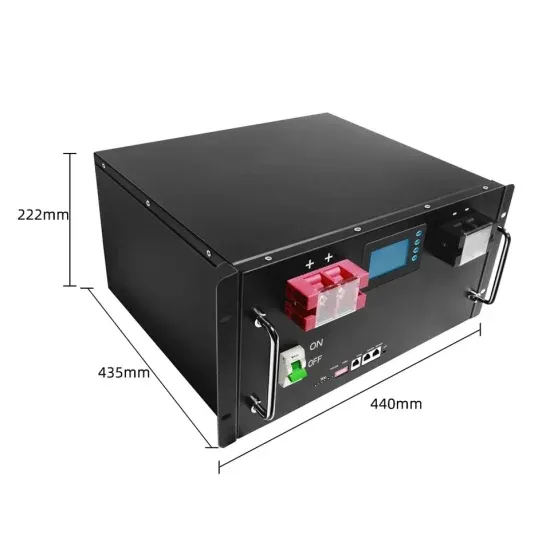Solar thermal energy systems
Welcome to our dedicated page for Solar thermal energy systems! Here, we have carefully selected a range of videos and relevant information about Solar thermal energy systems, tailored to meet your interests and needs. Our services include high-quality Solar thermal energy systems-related products and solutions, designed to serve a global audience across diverse regions.
We proudly serve a global community of customers, with a strong presence in over 20 countries worldwide—including but not limited to the United States, Canada, Mexico, Brazil, the United Kingdom, France, Germany, Italy, Spain, the Netherlands, Australia, India, Japan, South Korea, China, Russia, South Africa, Egypt, Turkey, and Saudi Arabia.
Wherever you are, we're here to provide you with reliable content and services related to Solar thermal energy systems. Explore and discover what we have to offer!

[Guide] Solar Thermal Energy & Applications
Schematic representation of a passive thermal system Applications of Solar Thermal Energy 1] Water Heating: Now since the basics of solar thermal systems have been introduced, it is time to delve into some of
Read more
Solar Thermal Energy | SpringerLink
Solar thermal energy is widely used already for heating purposes (water, space) in the "low" temperature range up to about 100°C employing mainly nonconcentrating collectors, whereas higher temperatures can be achieved
Read more
Solar Thermal Energy and Photovoltaic Systems
Topic Information Dear Colleagues, Solar energy is a clean and reliable source of energy for the production of electric and thermal power to satisfy the increasing demand for power and simultaneously overcome the
Read more
Concentrating Solar-Thermal Power Basics
For example, single dish/engine systems can produce 5 to 25 kilowatts of power per dish and be used in distributed applications. Learn more about concentrating solar-thermal power research in the Solar Energy Technologies Office, check
Read more
Active Solar Heating
Active Solar Heating Active solar heating systems use solar energy to heat a fluid -- either liquid or air -- and then transfer the solar heat directly to the interior space or to a storage system for later use. If the solar system cannot provide
Read more
Solar Thermal — Conversions — Student Energy
Solar thermal generates energy indirectly by harnessing radiant energy from the sun to heat fluid, either to generate heat, or electricity. To produce electricity, steam produced from heating the fluid is used to power generators. This is
Read more
How does solar thermal energy work? Types of systems
The first section (Chapters 2 to 7) presents the physical fundamentals of solar thermal energy usage, along with the necessary processes, methods, and models. The second section (Chapters 8-12) covers the
Read more
What are solar thermal energy systems? | NenPower
In summation, solar thermal energy systems exemplify a sustainable, efficient solution to contemporary energy needs. The myriad of benefits, from economic savings and environmental sustainability to energy
Read more
Solar Thermal Energy System
Solar thermal energy systems have emerged as a promising technology in a world that is increasingly focused on sustainable and renewable energy sources. These systems harness the power of the sun and convert solar radiation into
Read more
Active solar heating: what it is, how it works and
Active solar heating is a system that harnesses solar energy using technical devices, such as solar collectors, to convert it into usable heat in a building. Unlike passive solar heating, which relies on architectural design and
Read more
Thermal Storage System Concentrating Solar
One challenge facing the widespread use of solar energy is reduced or curtailed energy production when the sun sets or is blocked by clouds. Thermal energy storage provides a workable solution to this challenge. In a concentrating solar
Read more
Solar Photovoltaic vs. Solar Thermal —
Solar PV vs. Solar Thermal — What''s the Difference? Quick Answer: Solar PV and solar thermal both harness energy from the sun but for different purposes. Photovoltaic (PV) systems convert sunlight directly into electricity, while
Read moreFAQs 6
What is a solar thermal energy system?
Solar thermal energy systems harness the sun's power to generate heat for various applications, including water heating, electricity generation, and industrial processes. These systems are characterised by their ability to efficiently convert sunlight into thermal energy, making them a vital component in the transition to renewable energy sources.
How do solar thermal power systems work?
All solar thermal power systems have solar energy collectors with two main components: reflectors (mirrors) that capture and focus sunlight onto a receiver. In most types of systems, a heat-transfer fluid is heated and circulated in the receiver and used to produce steam.
What is a solar thermal power plant?
This type of solar plant is classified as a type of high temperature solar thermal energy. In solar thermal power plants, solar radiation is concentrated at one point to produce steam. The steam drives a steam turbine that converts the energy to mechanical energy to drive an electric generator.
What are the different types of solar thermal systems?
The solar thermal systems designed for the production of electrical energy are of two major types: (1) active solar thermal system and (2) passive solar thermal system. The active solar thermal system requires continuously moving parts, such as pumps and fans, for the circulation of fluids carrying the heat energy.
Why are solar thermal systems important?
These systems are characterised by their ability to efficiently convert sunlight into thermal energy, making them a vital component in the transition to renewable energy sources. Recent advancements in materials science and engineering have significantly improved the efficiency and cost-effectiveness of solar thermal technologies.
What is solar thermal energy used for?
Solar thermal energy can be used for domestic water heating drying processes, combined heat and electricity generation in photovoltaic thermal collectors, direct and indirect electric power generation, desalination, cooling purposes, and other applications such as industrial and building indoor environments.

